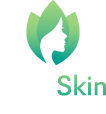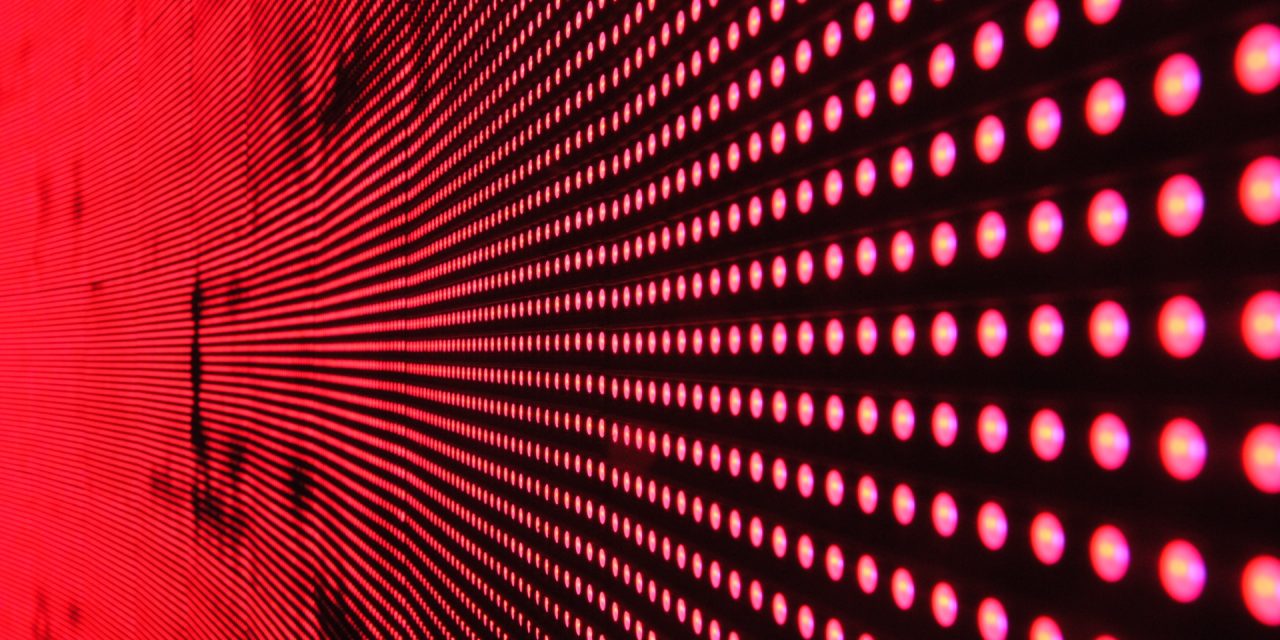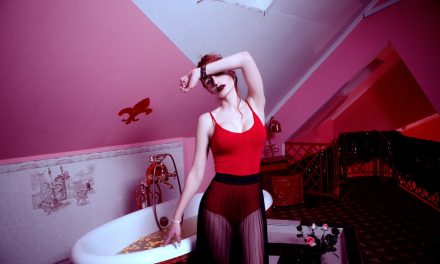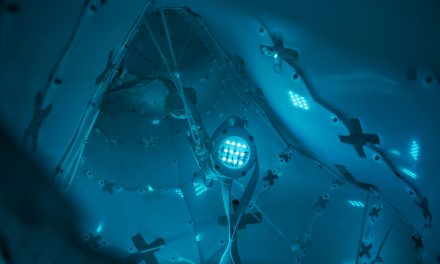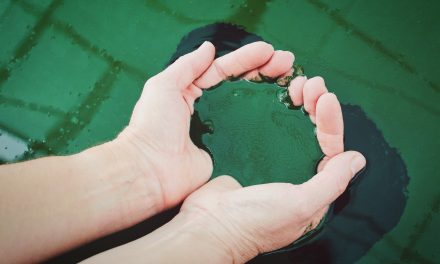Red light therapy (RLT) uses red low-level wavelengths of light to treat a variety of skin problems, from cosmetics issues, like improving the appearance of stretch marks and wrinkles, to treating serious conditions, such as slow-healing wounds and the side effects of chemotherapy. Originally, it was used by scientists to grow plants, where they discovered that it promotes growth and photosynthesis. They then used this to increase the energy inside human cells in the hope of treating muscle atrophy, slow wound healing, and problems with bone density caused by space travel. Today, RLT is used for a wide array of conditions, particularly problematic skin.
How does RLT work?
A lot of research has been done into RLT, but there’s still a lot to learn about how it works. It’s believed that RLT produces a biochemical effect in cells that results in mitochondria strengthening. Mitochondria are the parts of a cell where energy is created. The molecules that carry this energy in cells is known as ATP. By making mitochondria work more effectively, a cell can make more ATP. Essentially, what this means is that cells will have more energy, which means they can function better to rejuvenate themselves and repair damage.
What can RLT be used for?
Using RLT is considered an experimental treatment, as research into it is still being conducted, but there is enough evidence to show that is can be used for plenty of conditions. Skin conditions include wound healing, ulcers, psoriasis, preventing cold sores caused by the herpes simplex virus, and improving scar tissue appearance and tightness. Cosmetically, it can also help with the skin’s complexion and build up collagen to help with the appearance of wrinkles.
RLT can promote hair growth for androgenic alopecia, and provide pain and inflammation relief for rheumatoid arthritis, osteoarthritis, carpal tunnel syndrome and Achilles tendons. RLT can also be used to prevent oral mucositis and other side effects caused by cancer treatments, as it helps to activate some of the medicines used.
Are there any side effects?
Laser and pulsed light therapies work by damaging the outer layers of the skin in a controlled way to promote tissue repair. The good thing about RLT is that it doesn’t cause any damage, yet still stimulates the cells to have the same results as other light therapies. Generally, RLT is safe and painless, but some people have experienced burns and blistering. However, most of these have been caused by people falling asleep on RLT beds in salons or using devices with faulty wires or corrosion that shouldn’t have been used in the first place. There’s a risk of RLT causing damage to the eyes, the same as other laser therapies do, so wearing eye protection is essential during treatments.
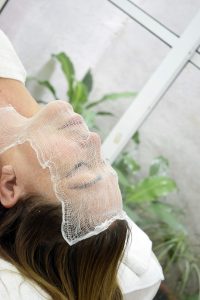
Where to get RLT treatments
Where you get RLT treatment will depend on what you want to use it for. For cosmetic treatments, there are plenty of salons, gyms, and spas that have options available, including the use of RLT beds. You can also buy your own devices to use at home, but if you plan to do this, make sure it’s an FDA approved product. These are generally used for treating the signs of aging and improving complexion. For conditions that need targeted and more intense treatment, you should see a dermatologist. It’s likely you’ll need several treatments before any difference is noticeable.
For serious medical conditions, like psoriasis, using RLT for pain relief and cancer-related treatments, you should discuss the options with your doctor. Currently, RLT isn’t covered by insurance companies as its effectiveness is still questionable, but some providers will cover its use for cancer patients.
Despite still being considered an experimental treatment, there’s plenty of research to prove the effectiveness of RLT. You should always speak to a dermatologist or doctor before self-treating, particularly for more serious conditions, but RLT does offer promising results.
